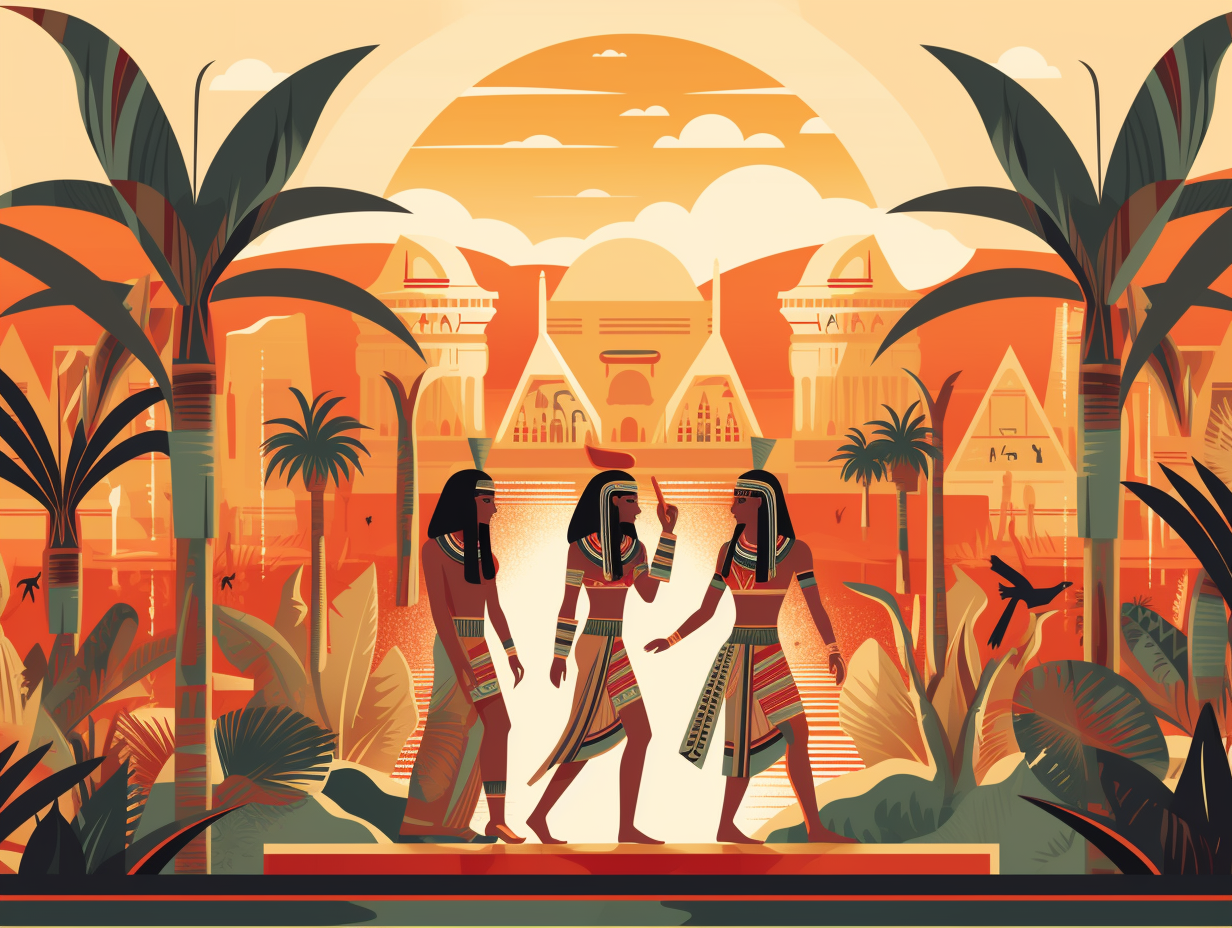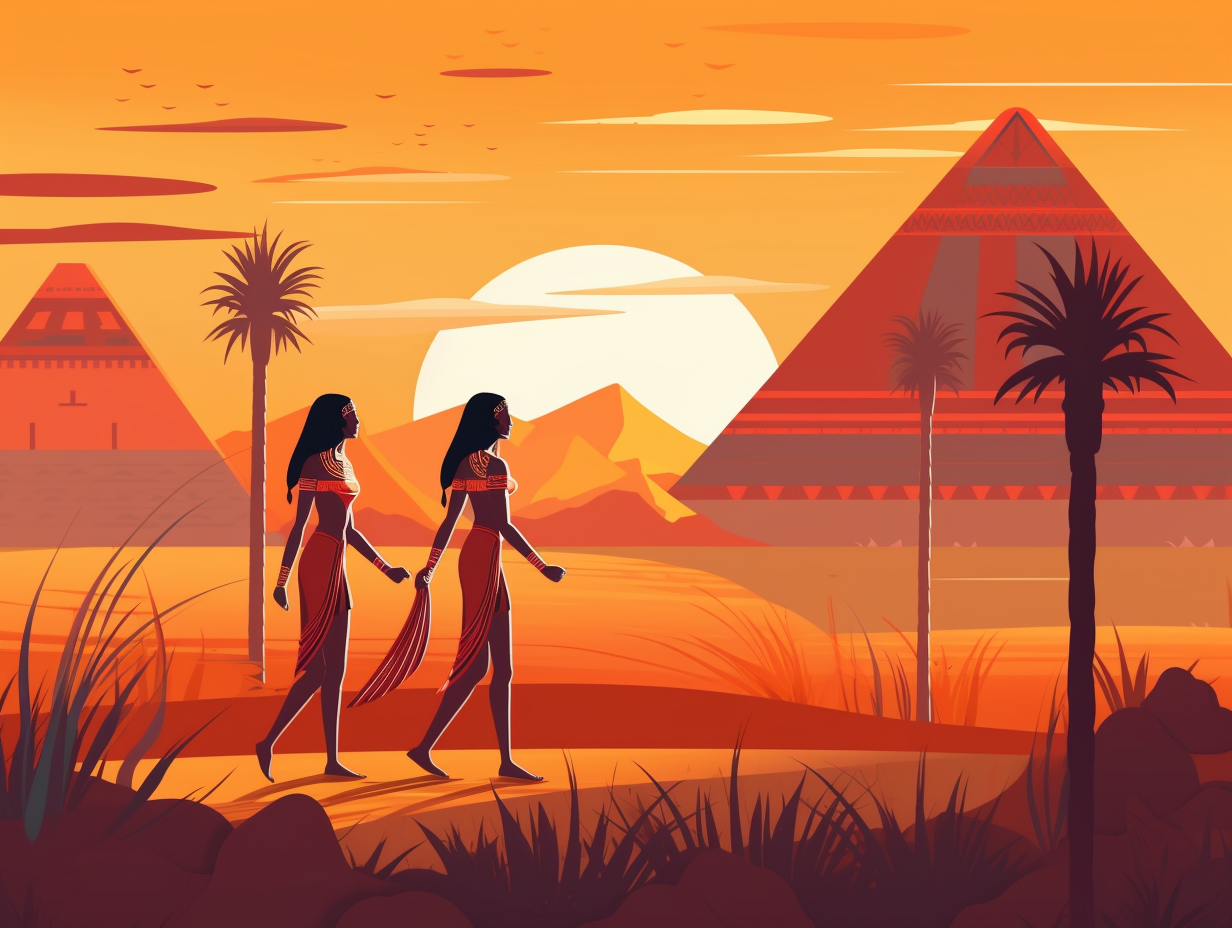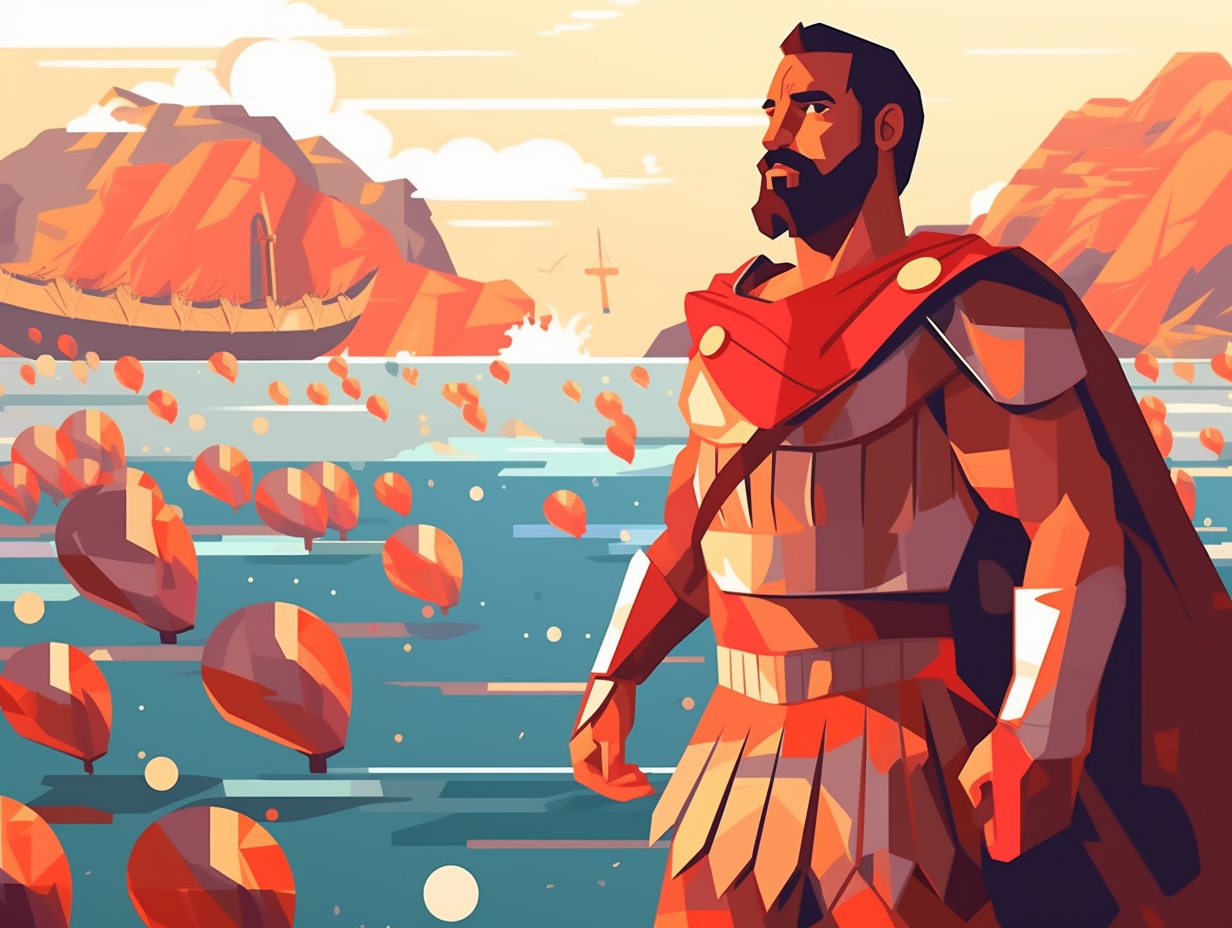Discover the Han Dynasty: Top 9 Fun and Fascinating Facts You Never Knew!
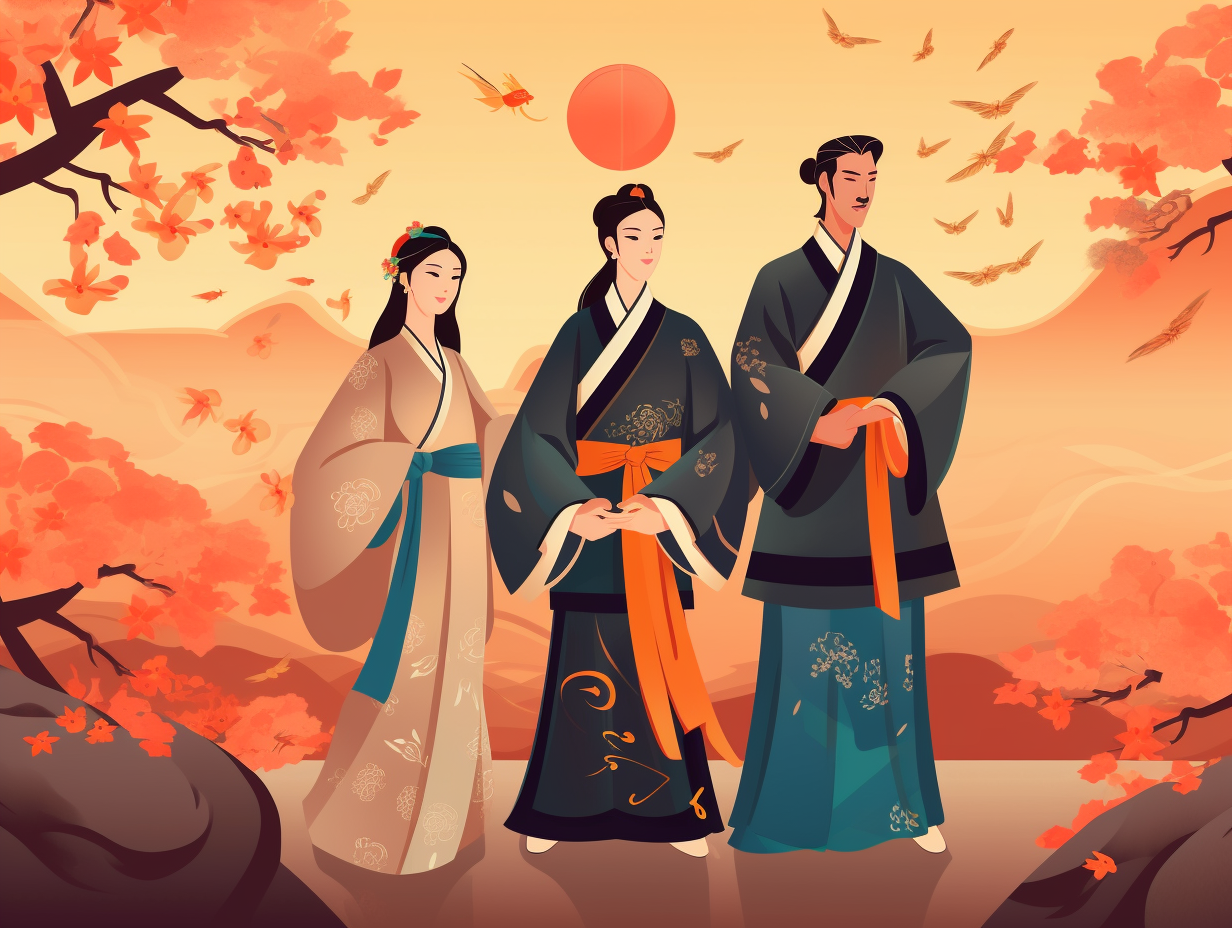
1. Seismic DMs: The Ancient Chinese Edition
In a time before Twitter had us asking, "Did you feel that?" with every ground tremor, ancient China already had a DM system for seismic activity: the Han Dynasty (206 BCE to 220 CE) brought forth a brilliant astronomer and mathematician named Zhang Heng, who invented the seismometer, successfully detecting earthquakes from afar and determining the direction of the epicenter, ensuring the safety and preparedness of the people during such natural calamities.
Source => en.wikipedia.org
2. Hole-some Money: When Coins Had Holes
Back in ancient China, it was not uncommon to carry your money in a "hole-some" fashion, as they truly believed that "the hole is greater than the sum of its parts": The Han Dynasty used coins such as spade and knife-shaped ones, but most notably, they used round coins with a hole in the center called the Ban Liang. These bronze (and occasionally silver) coins weighed around 8 grams and were inscribed with "half liang," originating from the State of Qin during the Warring States period before continuing throughout the Han Dynasty.
Source => en.wikipedia.org

Discover how ancient Chinese fortune-tellers may have predicted the rise of GPS and Google Maps with their invention of the compass in the Han dynasty! A tool that changed the course of history. 🧭🌏
=> Fun Facts about Ancient-China
3. Zhang Heng: The Earthquake Whisperer
If a tree falls in the forest and no one is around to hear it, does it make a sound? Well, Zhang Heng would know because he'd not only hear it, but he'd tell you which direction it fell from: This resourceful scientist and statesman of the Han Dynasty invented the world's first seismoscope, a nifty contraption capable of detecting the direction of earthquakes up to a staggering 500km away, setting the stage for seismic knowledge and quake prediction way ahead of its time.
Source => en.wikipedia.org
4. Nature-inspired Fashion: Han Dynasty Style
Well, fashionistas, before Gucci was even a thought, Chinese couturiers were already rocking the "natural look" with their outfits: During the Han Dynasty, clothing designs were inspired by nature, with the rounded upper part of the robe resembling a clocktower bell, and the garments mostly consisting of straight cuts with loose, broad sleeves that aimed to harmonize man and nature.
Source => magnifissance.com
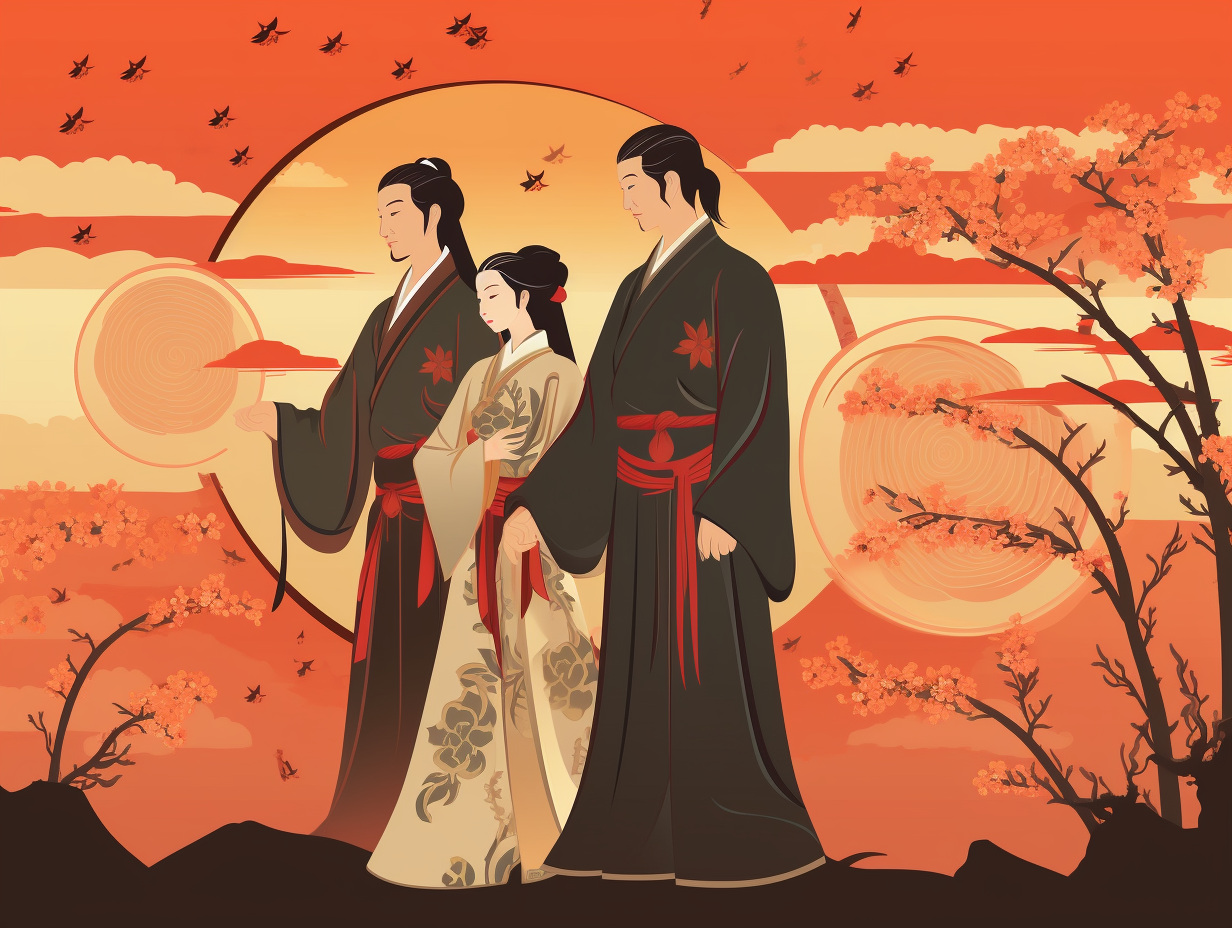
5. Knock, knock! Who's there? Ancient Medicine!
Knock, knock! Who's there? It's me, the Han Dynasty, with a medical miracle before modern medicine was a thing: Zhang Zhongjing wrote the Treatise on Febrile Diseases during this period, which not only compiled previous medicinal works but also laid the foundation for Eastern medicine, making it one of the most significant contributions to traditional Chinese medicine.
Source => america.cgtn.com
6. Bamboo-zled: Ancient Toilet Stick Tricks
Long before Charmin had us rolling in comfort, the Han Dynasty knew a thing or two about backend hygiene that's a real bamboo-zle: They used personal hygiene sticks made out of bamboo and wrapped in fabric on one end, discovered by archaeologists in latrines along the Silk Road, predating the first documented use of toilet paper in 6th century China.
Source => rd.com
7. Han Dynasty Maps: X Doesn't Mark the Spot
They say "X marks the spot" but in ancient Han Dynasty China, they were more like "Hmm, where's that river again?": The Han Dynasty were cartography pioneers, creating some of China's earliest maps, which detailed coastlines and river systems - even using them for military and flood control strategies. However, their map-making methods lacked grid systems and labels, but their innovations did lay the groundwork for future progress in the field.
Source => en.wikipedia.org
8. Ancient Google: Han Dynasty Innovations
Who needs Google when you had the Han Dynasty? This ancient hotspot of innovation was like a giant encyclopedia curated by the Chinese: The Han era gave us mind-blowing inventions such as paper, the decimal system, seismometer, water clocks, and was even ahead of its time in astronomy, predicting solar and lunar eclipses with remarkable accuracy.
Source => en.wikipedia.org
9. Emperor Conga Line: Trust from the Top
You know that awkward moment at the office party when everyone's eyeing each other suspiciously, just waiting for the boss to throw someone under the bus? Well, Emperor Guangwu was more like the boss who breaks the ice with a self-deprecating joke and leads the conga line: he was remarkably trusting of his generals and officials, never executing any of his loyal supporters after securing his rule, resulting in a more stable and loyal government during his reign.
Source => en.wikipedia.org
Related Fun Facts



